Nestled amidst the historic city of Alwar in Rajasthan, the Government Museum houses the city’s exquisite past and its richly refined culture. The museum is an enigmatic blend of architectural ingenuity, refined artifacts of the olden times, and the nostalgic traditional design of the Rajasthani folk culture. Situated in a beautiful garden called the Company Bagh, the museum is a reserve of a vast collection of paintings, sculptures, crafts, metalwork, pottery, and jewelry. In the present day, it has become one of Rajasthan’s most cherished symbols of cultural pride and is a mandatory visit for all art enthusiasts, history geeks, and architecture enthusiasts.
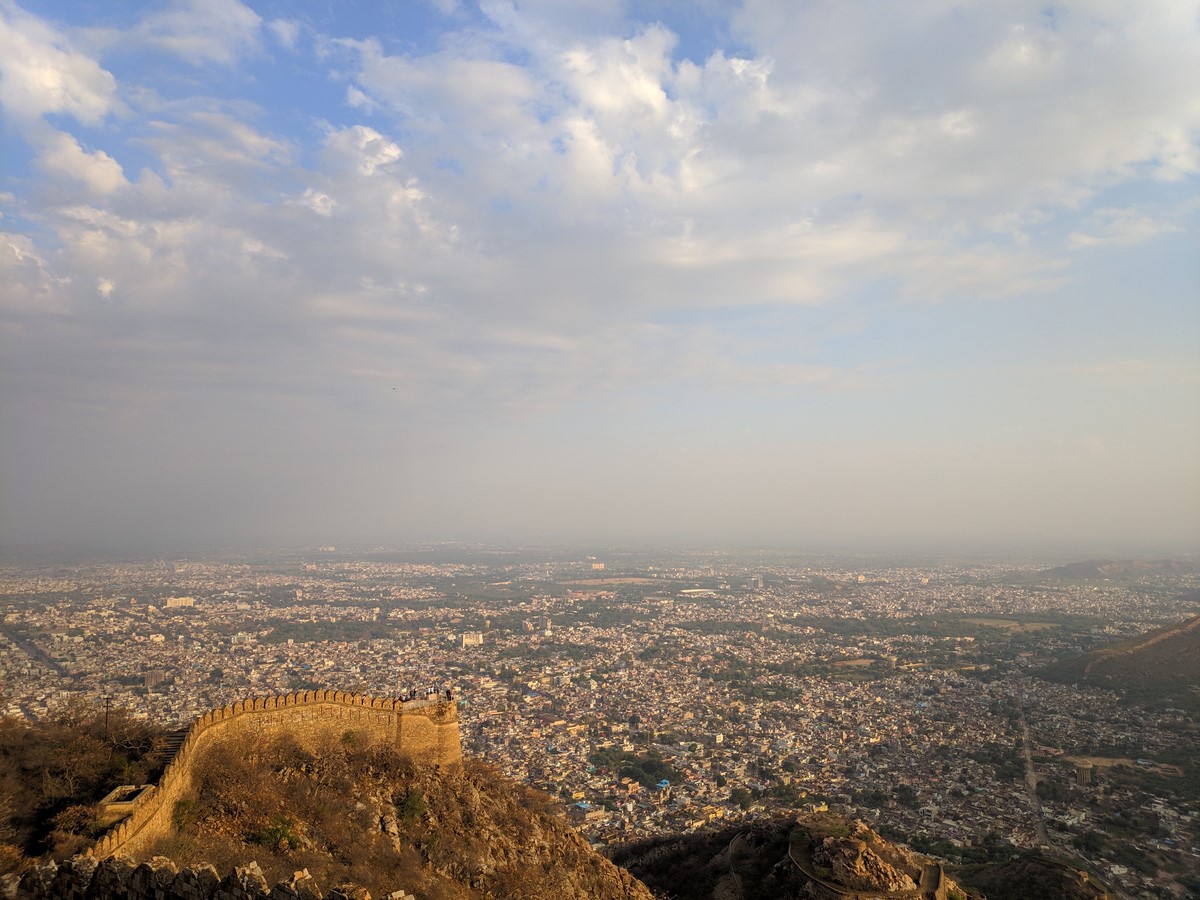
Before India gained independence, the rulers of Alwar were members of the Naruka clan. The rulers of Alwar were people with a fine taste of art and culture. As the popularity of Delhi declined and many artisans suffered without patronage, there was a mass shift of designers and artists from Delhi to Alwar. This led to the fusion of Mughal aesthetics with Rajasthani art culture. The rulers wholeheartedly welcomed art dealers from Delhi and built a refined collection of paintings and rare manuscripts of Persian, Arabic, and Sanskrit origin. The rulers also made sure to support local artists to keep the historic traditions of handiwork alive.
When Maharaja Raja Sawai Vinay Singh made Alwar his capital, he also established a library of manuscripts, a painting department, and an armory. He bought many sophisticated collections of Mughal art for Alwar to add to their regal trove of art. He would often exhibit the objects he gathered, to important guests and members of royalty. In the November of 1940, Maharaja Tej Singh and Prime Minister Major Harvey organized the royal collection and established a palace museum.
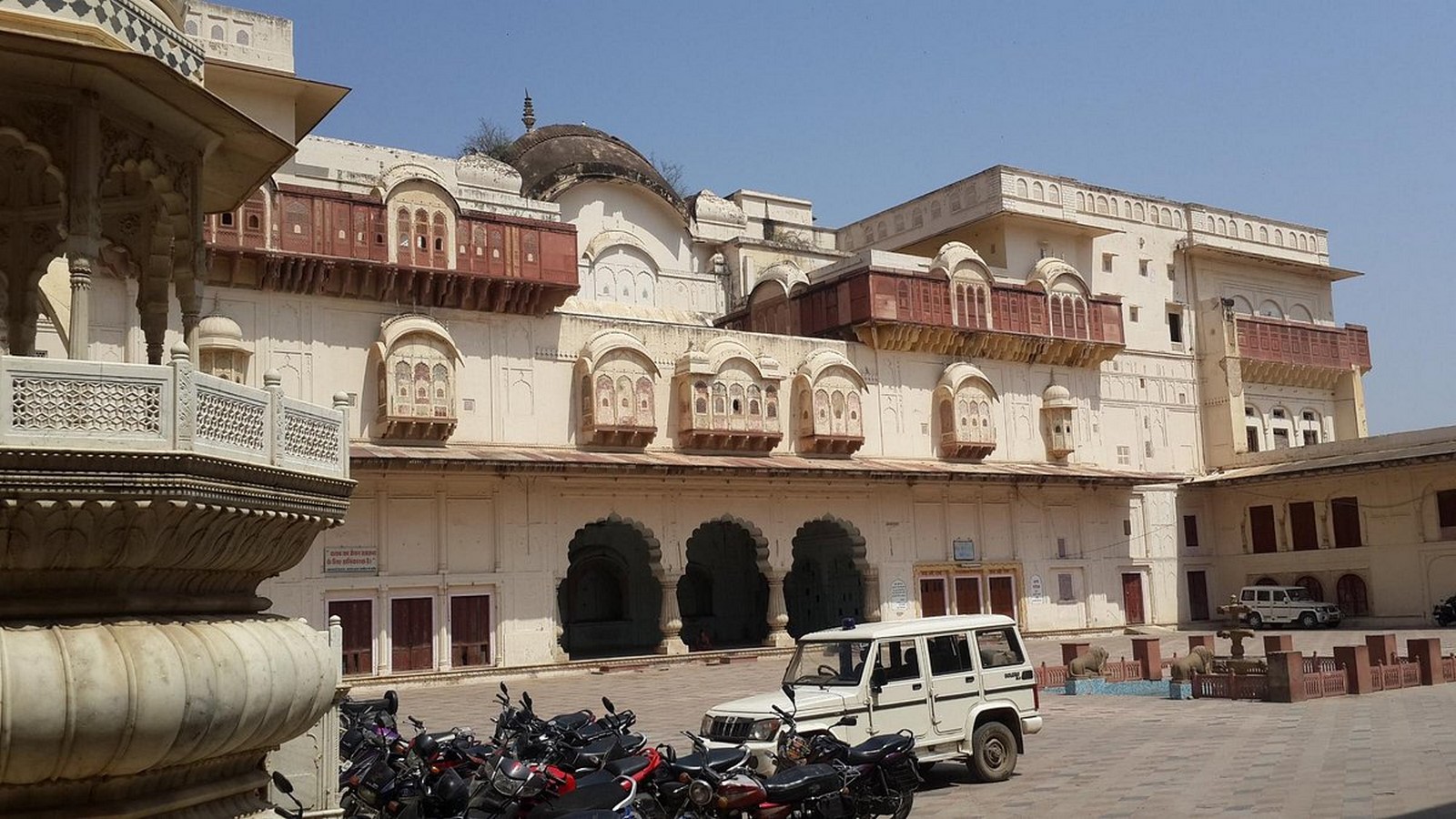
Exterior:
Anyone who approaches the Alwar Museum is immediately drawn to it by the architectural wonder of its exterior. Red sandstone, a distinctive element of Rajasthani architecture, was used to construct the entire structure. The use of this material not only gives the structure a regal air but also secures its longevity, bearing witness to its tenacity over time. Jharokhas (balconies), chhatris (domed pavilions), and jaalis (perforated screens) are all artistically carved into the façade. The edifice gains an aura of elegance and sophistication from these elaborate architectural features, which are reminiscent of Mughal influence. In addition to serving as aesthetic elements, the jharokhas’ delicate stone latticework allows for ventilation and offers a peek at the interior chambers.
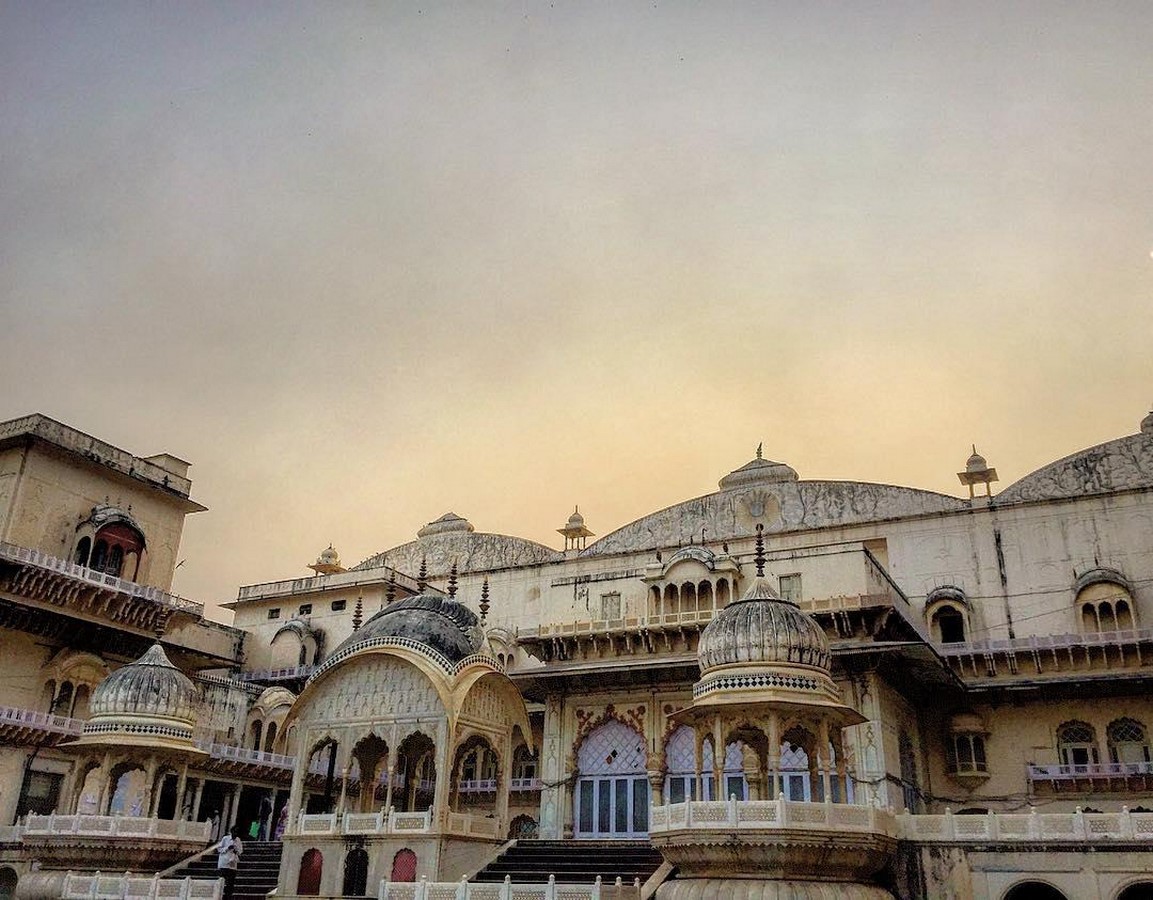
Entrance and Gates:
The Alwar Museum’s entry is a magnificent sight, with an intricate gateway and a striking arched entrance. This gateway’s intricate carvings of traditional motifs and floral designs showcase the high level of craftsmanship that was in use at the time. Light can pass through the archway’s delicate jaali decoration, creating lovely patterns on the ground inside.
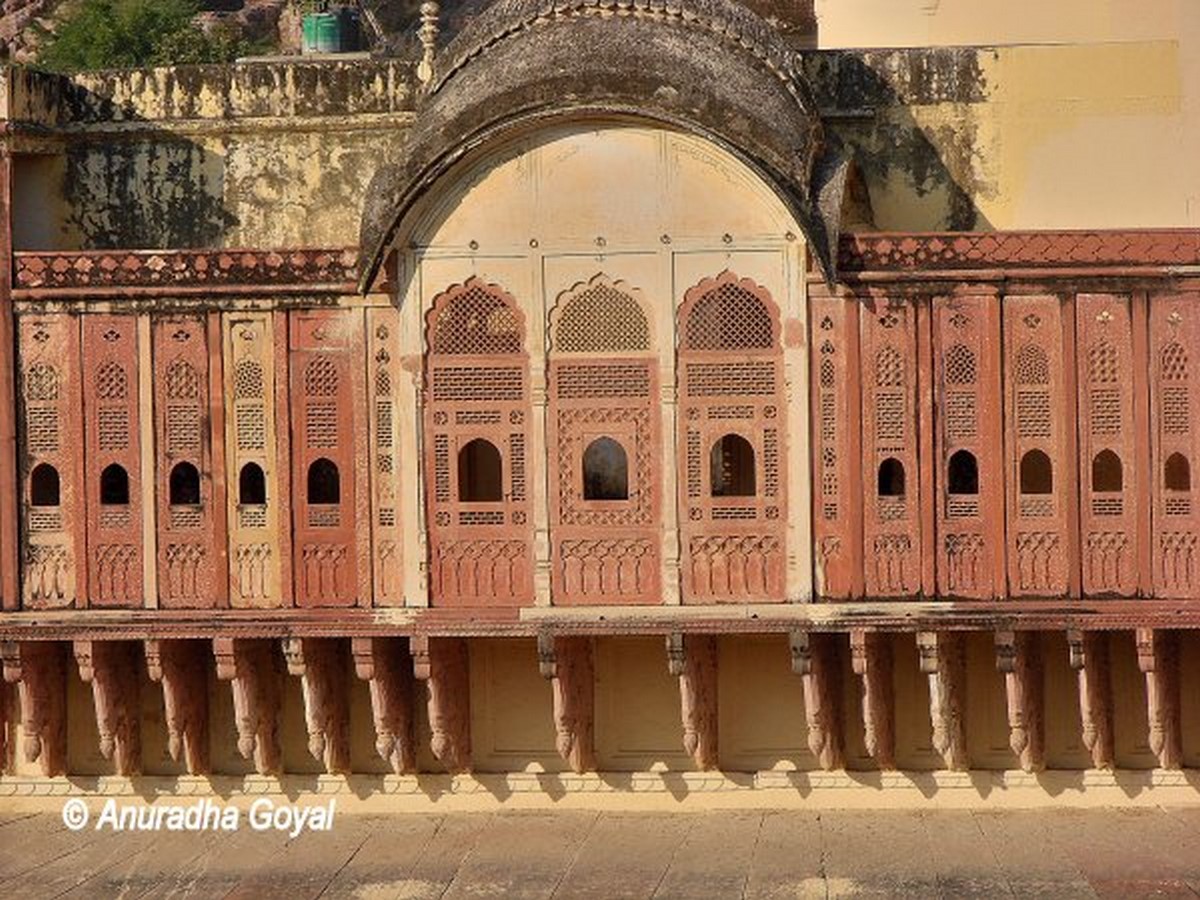
Courtyard:
The architectural design of the museum features a large central courtyard that acts as its focal point. Access to the museum’s many galleries and sections is provided by pillared halls and arched walkways that ring the courtyard. A distinctive aspect of Rajasthani design is the use of courtyards and open areas, which provides natural ventilation and fosters a sense of calmness within the museum complex.
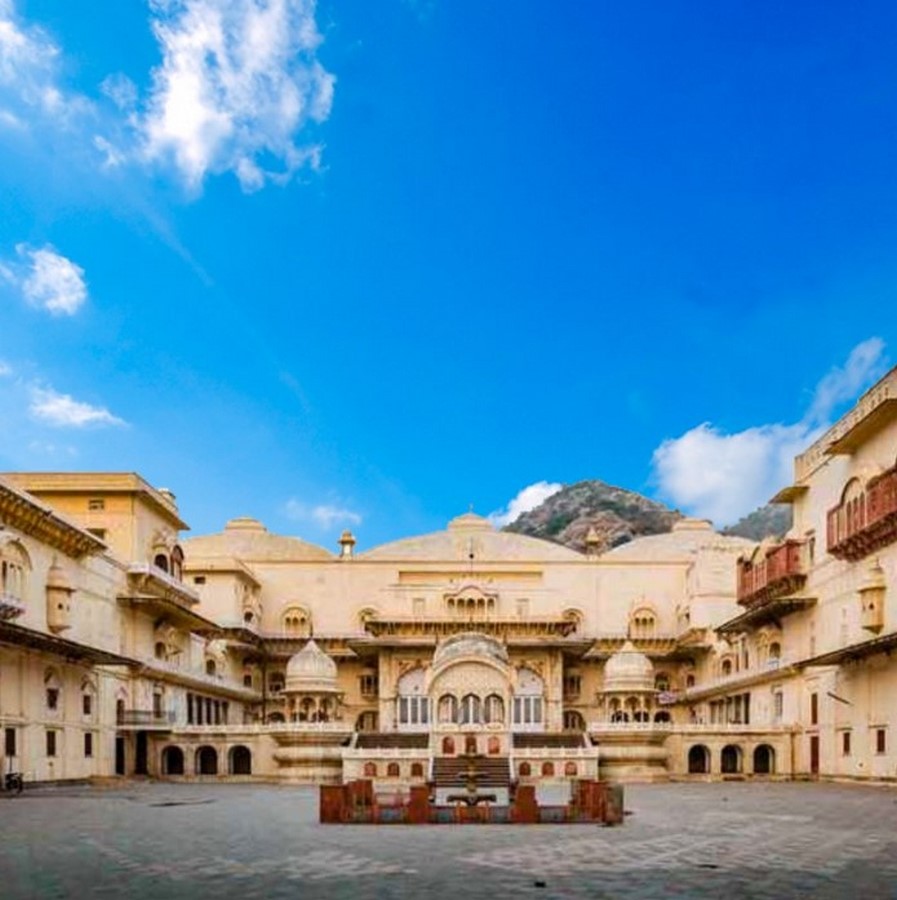
Pillared Halls:
Large pillared rooms that are reminiscent of the conventional Rajput architectural style may be found inside the museum for tourists to explore. The elaborately carved pillars and ornate arches that adorn these hallways demonstrate the great craftsmanship of the artists of that time. These rooms’ layout enhances the museum’s visual appeal in addition to providing a practical area for showcasing exhibits.
Roof and Domes:
Several chhatris, which are domed pavilions and a distinctive element of Rajasthani architecture, are shown on the museum’s roof. These chhatris enhance the building’s regal appearance while also acting as decorative accents that add to the museum’s overall architectural splendor.
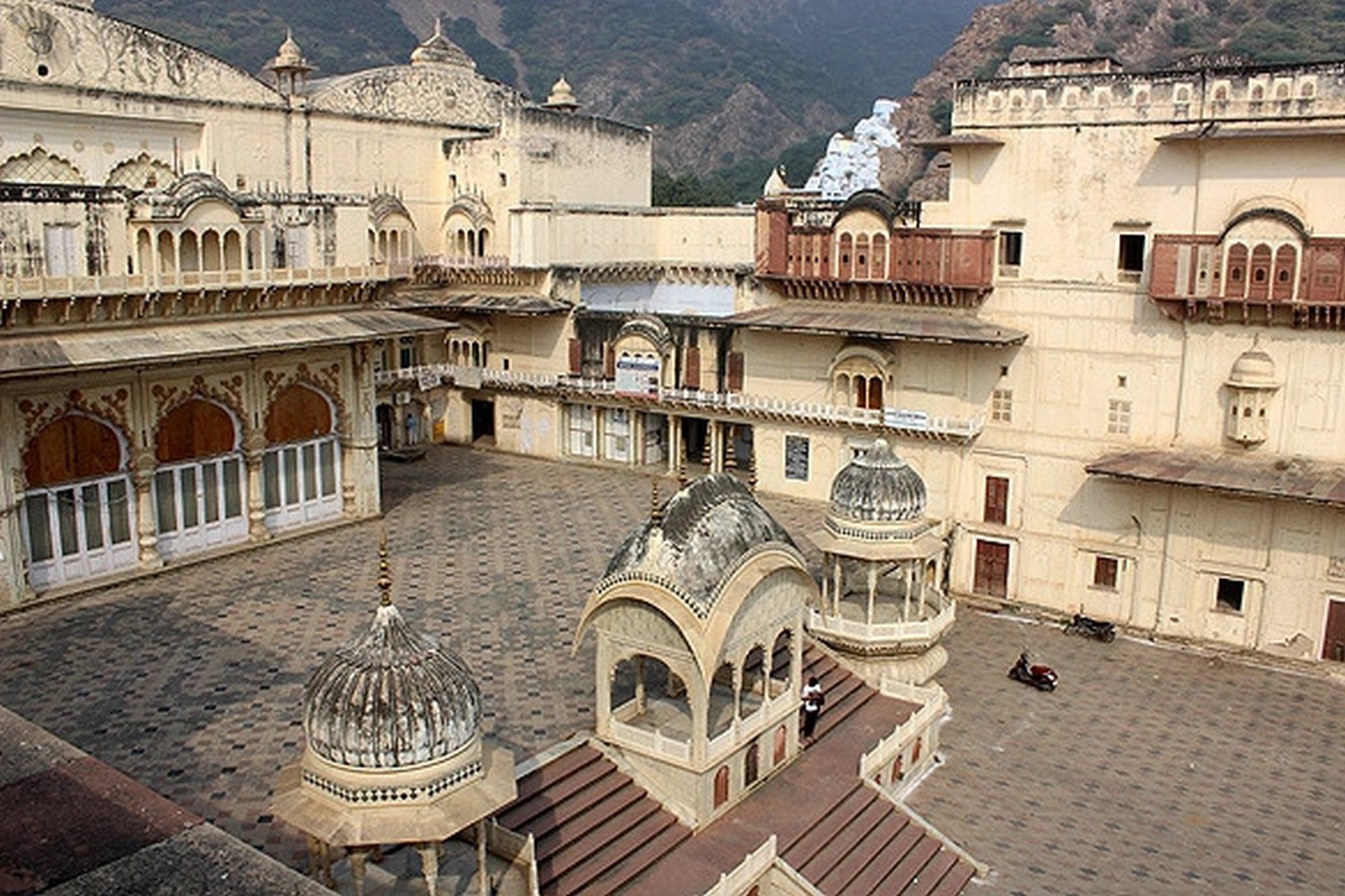
In conclusion, Rajasthan’s illustrious past and strong cultural heritage are showcased in the Alwar Museum. The museum provides visitors with a fascinating journey through time by presenting the varied history and artistic talent that have molded this land of kings through its outstanding collection of artifacts and exhibits. The Alwar Museum serves as a beacon of knowledge and admiration for the rich heritage of Rajasthan by preserving the regional cultural legacy and fostering cultural awareness. This museum promises a unique experience that will leave you in awe of India’s illustrious past, whether you are a history enthusiast, an art lover, or just an inquisitive traveler.

















